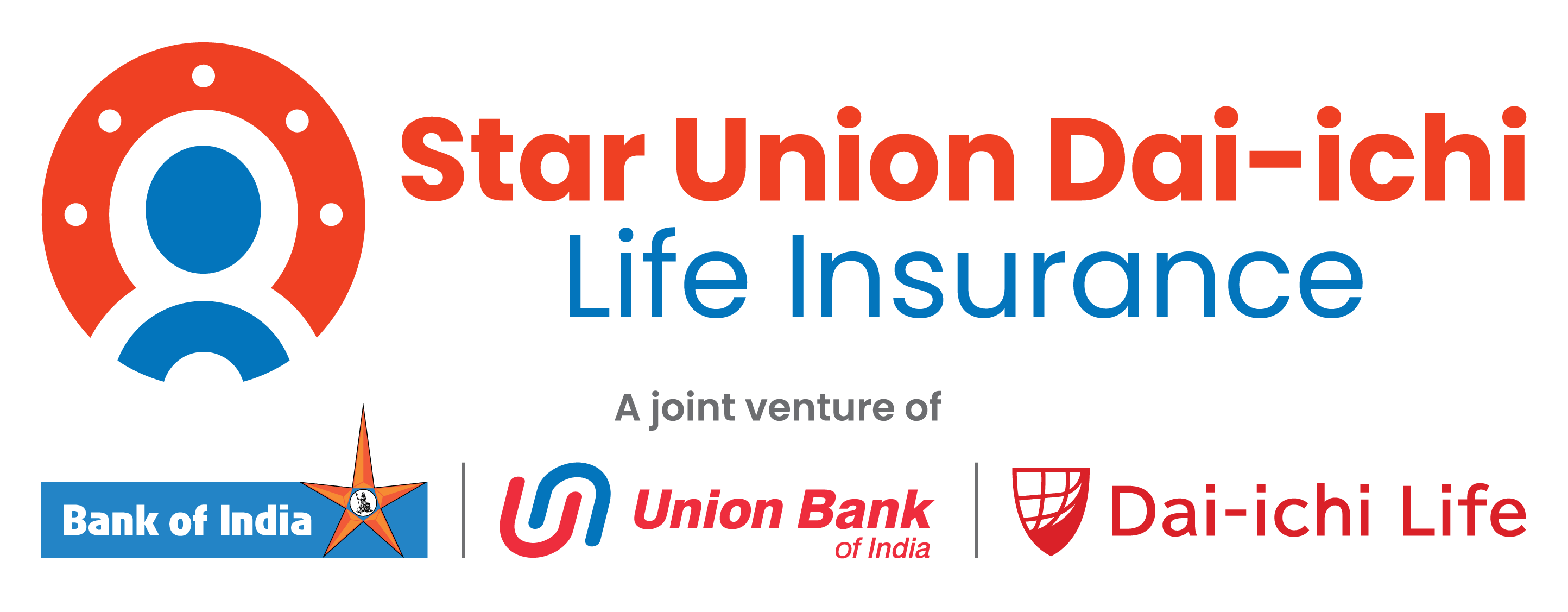SUD Life e-Wealth Royale
 931 People reading this blog
931 People reading this blog

IN THIS POLICY, THE INVESTEMNT RISK IN THE INVESTMENT PORTFOLIO IS BORNE BY THE POLICYHOLDER
ULIPs are tough to deconstruct, no? Look, we know it’s not as simple as your run-of-the-mill plans but once you know what the product is, we’re sure you won’t bat an eyelid until we’re through with this piece!
So, let’s take baby steps in understanding what ULIPs are first, shall we?
What are ULIPs?
Unit Linked Insurance Plans (ULIPs) are like a financial two-in-one, merging insurance and investment into a single package.
Now let’s say ULIPs are your combo restaurant deals where you get both a hearty life insurance dish and a side of investment opportunities.
And just like a restaurant menu, ULIPs offer you choices. You decide where to invest – opting for the equity funds for potentially higher returns or the stability of debt funds. But then you may feel like calling the waiter once in a while to adjust the flavours as per what you prefer- so here you get the flexibility to switch funds between these options based on your financial appetite.
However, it’s a fact that there’s no such thing as called ‘free lunch’. So naturally, ULIPs have their charges, similar to the service charges in a restaurant, which we’ll address in a bit.
The burning question – how is your money invested into decent life insurance and the funds?
Alright, so here’s the lowdown on ULIPs – you pay a premium, and part of it goes towards covering your life, while the rest takes a detour into the market to earn returns. If all goes well and you survive the term, congrats, you’ve got the fund value as your maturity benefit.
But here’s the catch – the entire amount you pay isn’t up for grabs here. The insurance companies also have to handle five types of charges at different times, covering the costs for policyholders without making a big deal out of it.
Policy Administration Charges (PAC)
Insurers charge a monthly fee to cover the costs of managing your ULIP policy. This fee includes things like your paperwork and sending you notifications (read reminders) about premium payments. In some cases, these charges can either stay fixed throughout the policy or go up at a set rate over time. While in a few others, the charges may only apply for a few policy years.
While the policy document has all the nitty-gritty details, let’s be honest, most of us skip that part. But knowing about these costs can really help you make the most of your investment. It’s like having the inside scoop for better gains!
How much part of your premium does PAC account for? Well, it depends on one insurer to another but are usually predetermined and don’t exceed the threshold of 5%
Fund Management Charges
In a ULIP policy, when you pay your premium, some of that money is invested in sectors like stocks and bonds, depending on what you want to achieve with your money. If your goals or how much risk you’re okay with change, they tweak this investment mix for better results.
Now, every insurance company adds a charge for handling and managing your investment fund. But there’s also a rule by the IRDAI that says this charge can’t go above 135 points per year. Think of it as a way to make sure things stay reasonable and clear for you.
Surrender or Discontinuation Charges
Let’s say you decide to end your ULIP policy earlier than your maturity date – that’s when surrender charges kick in. According to the rules from IRDAI (the insurance authority), the insurer here can only charge you for the actual costs they faced when getting your policy, in case you decide to surrender/discontinue it.
These charges are a small percentage of both the fund value and the premium you paid. Now, for the first four years, surrender charges in ULIP can be anywhere from Rs 1,000 to Rs 3,000. The exact amount depends on how much premium you’ve been paying.
The good part? After you’ve held onto your policy for five years, no surrender charges are applied. It’s like a transition period, giving you a bit more flexibility as you let your plan simmer for a longer period.
Mortality Charges
So, when you get any form of life insurance, your insurer crunches some numbers based on your age, gender, health, and lifestyle to figure out how long you’re likely to stick around (put simply, how long would you live for). Then, they set your premium and sum assured accordingly. Now, if something were to happen to you unexpectedly, and you kick the bucket, the insurance company needs to cough up the sum assured to your nominee, right?
To cover this risk, they slice off a bit of your premium every month as mortality charges. Even in a ULIP, while the spotlight is on investing, these mortality charges are still in play. It’s like a little safety net – just in case life takes an unexpected turn, your loved ones are financially covered.
Premium Allocation Charges
When you first get an insurance policy, the insurer chips off a small chunk from your initial premium – we call that the premium allocation charge. This fee covers the upfront expenses the insurer has to bear on behalf of your policy in force, like the paperwork involved, medical checkups, and maybe the commissions that the agents who make the policy reach to you in the first place.
Now, to put it in simpler terms, let’s say your Premium allocation charges are capped at 12.5% of annualized premium in any year and you’re handing over Rs 50,000 for your policy. The insurer will take Rs 10,000 for these upfront costs, and the remaining Rs 40,000 is what goes into your investment fund.
Important Note: The Insurance Regulatory and Development Authority of India (IRDAI) has set a limit on the annualized charges for Unit Linked Insurance Plans (ULIPs) at 2.25% for the initial 10 years of holding the policy. Additionally, it’s worth noting that the charges associated with ULIPs are required to be evenly spread out during the lock-in period.
Disclaimer
Unit Linked Life Insurance Products are different from the traditional insurance products and are subject to risk factors. The premium paid in Unit Linked Life Insurance policies are subject to investment risks associated with capital markets and the NAVs of the units may go up or down based on the performance of fund and factors influencing the capital market and the insured is responsible for his/her decisions. The policyholder can withdraw the invested amount only after the completion of five plan years. Star Union Dai-ichi Life. Please know the associated risks and the applicable charges, from your Insurance agent or the Intermediary or policy document of the insurer. The various funds offered under this contract are the names of the funds and do not in any way indicate the quality of these plans, their prospects and returns.
Star Union Dai-ichi Life Insurance Company Limited
IRDAI Regn. No: 142 | CIN: U66010MH2007PLC174472
Registered Office: 11th Floor, Vishwaroop I.T. Park, Plot No. 34, 35 & 38, Sector 30A of IIP, Vashi, Navi Mumbai – 400 703 | Contact No: +91 22 7196 6200 | 1800 266 8833 (Toll Free) | Timing: 9:00 am – 7:00 pm (Mon – Sat)| Email ID: customercare@sudlife.in | Visit: www.sudlife.in | For more details on risk factors, terms and conditions, please refer to the sales brochure carefully, before concluding the sale. |Trade-logo displayed belongs to M/s Bank of India, M/s Union Bank of India and M/s Dai-ichi Life International Holdings LLC and are being used by Star Union Dai-ichi Life Insurance Co. Ltd. under license.
BEWARE OF SPURIOUS/FRAUD PHONE CALLS:
IRDAI is not involved in activities like selling insurance policies, announcing bonus or investment of premiums. Public receiving such phone calls are requested to lodge a police complaint



